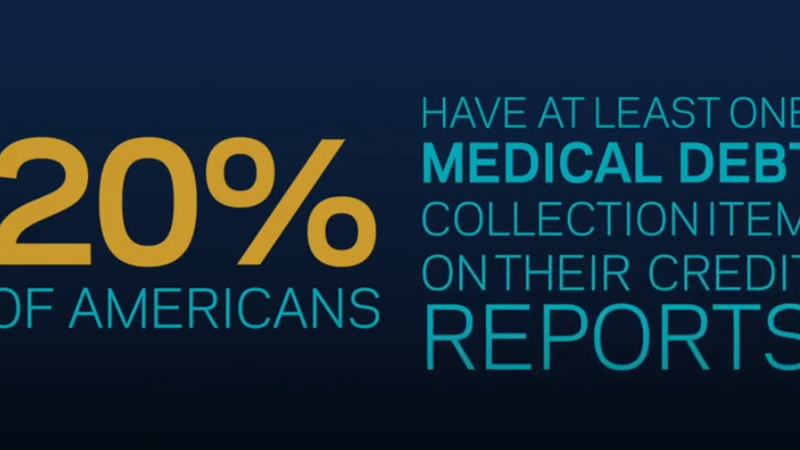Health Projects
Poverty is complex. And health challenges go hand-in-hand with poverty for families all across the country. Often, families coping with an ongoing health issue face a life a poverty. Other times, a health care emergency sends a family spiraling into financial instability with medical bills and missed work. People living with a disability often experience additional challenges.
Health, earnings, and poverty are deeply enmeshed, and finding ways to improve the health of low-income Americans is one of the most crucial parts of alleviating poverty.
More than 85 million Americans are on Medicaid—over 25% of our country’s population. Medicaid provides health care coverage to low-income adults, children, pregnant women, elderly adults, and people with disabilities.
Children make up almost half of all Medicaid recipients. And anywhere in the country, children from low-income families have worse health outcomes than other children when it comes to infant mortality, low birth weight, asthma, obesity, injuries, and mental health.
Poor childhood health often persists into adulthood, and disability becomes more likely with age. One in four U.S. adults has a disability that affects major life activities; this ratio increases to two in five for adults over age 65.
Nursing home costs can be out of reach for low-income families, and so many must keep and care for an ailing loved one at home, with or without the help of medically trained caregivers. While the aging baby boomer generation and increased life expectancy is increasing demand for such caregivers in the U.S., the pool of potential caregivers is shrinking. The women who have historically filled these roles are increasingly finding employment in other sectors, and a decreasing U.S. birth rate means fewer people overall to fill these crucial jobs. Conservative estimates find a national shortage of 151,000 paid direct care workers by the year 2030--leaving 3.8 million unpaid family caregivers without the medical support and respite that these workers provide. To put this in perspective, this means the caretaker shortage is expected to exceed the number of school teachers within the next 10 years.
Social factors—such as economic stability, environment, education, nutrition, and access to health care—impact health outcomes for Americans. These outcomes include mortality, morbidity, life expectancy, hospitalizations, and health care spending—factors which further impact a family’s economic stability and other poverty-related factors.
It all ties together: Improving health outcomes improves our society and reduces poverty.
Because poor health outcomes lead to poverty and poverty leads to poor health outcomes, we need more evidence about how to improve health for low-income Americans. How do we ensure they have access to the health care services they need? What will give children a healthy start to life? How do we address the home health care worker shortage in America? What interventions impact health and poverty outcomes for low-income Americans the most? How do we help people improve their health so they can live their best lives?
We are working with partners across the United States to find answers to these questions and shed more light on how to reduce poverty through evidence-based programs and policies. Learn with us.
Projects
-
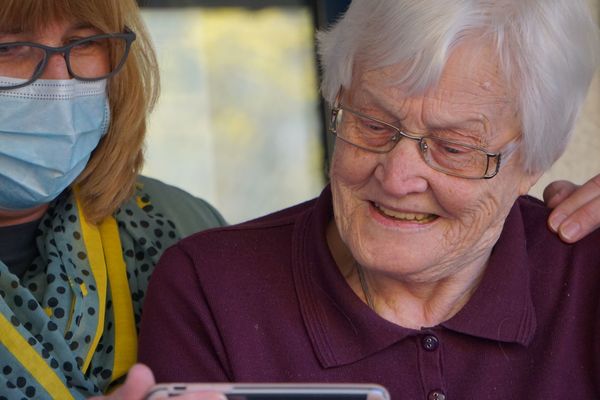
Community-Based Care Transition Programs
Catholic Charities Chicago | Illinois
-
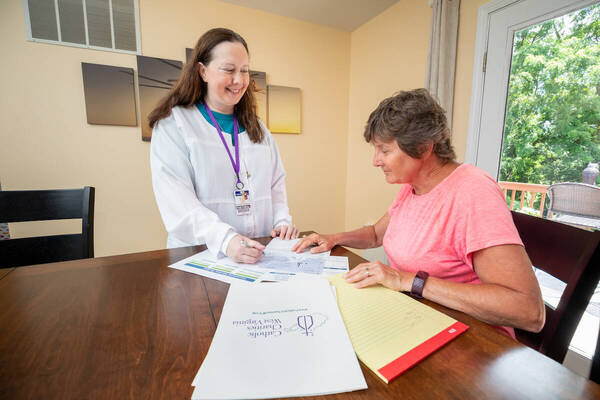
Hospital Transition Program
Catholic Charities West Virginia | West Virginia
-

National Maternity Housing Coalition
National Maternity Housing Coalition |
-

Project Nightingale
Catholic Charities of the Diocese of Santa Rosa | California
-

Recovery Housing
Ohio Recovery Housing; ARC Recovery Services; McKinley Hall; House of Hope; HOR Community Solution/Jewel's Gift; The Woodrow Project; I'm in Transition Ministries; New Housing Ohio; Road to Hope; Zepf Recovery Home; Lighthouse Sober Living | Ohio
-

Training Incentives
Helping Restore Ability | Texas
-
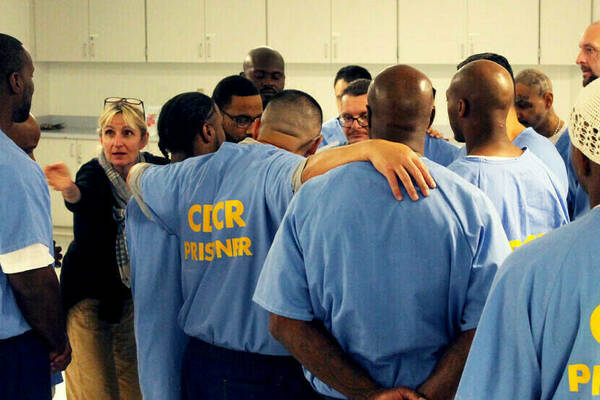
Trauma Talks - Compassion Prison Project
Compassion Prison Project | California
-
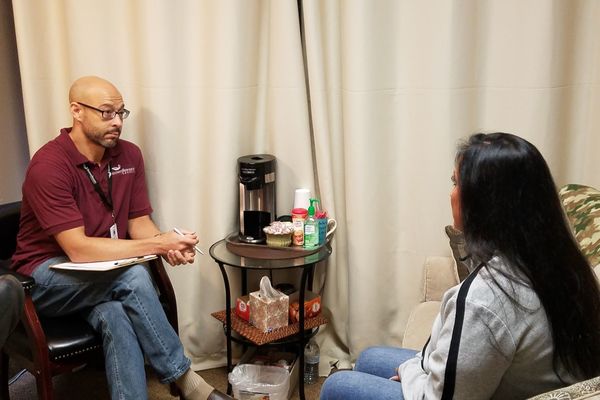
Veteran Therapy Incentives
Recovery Resource Council | Texas
-

WIC Food and Nutrition Centers
Catholic Charities Chicago | Illinois
